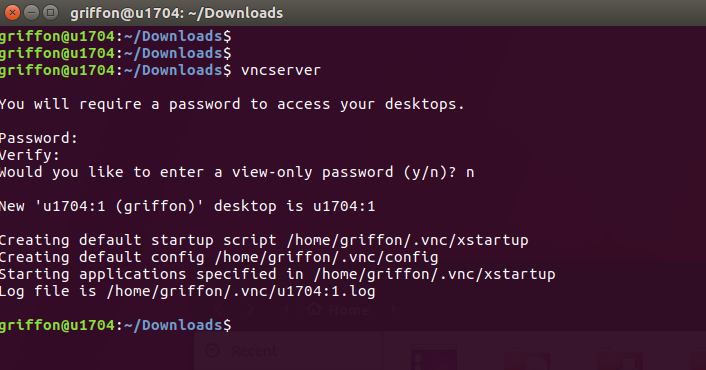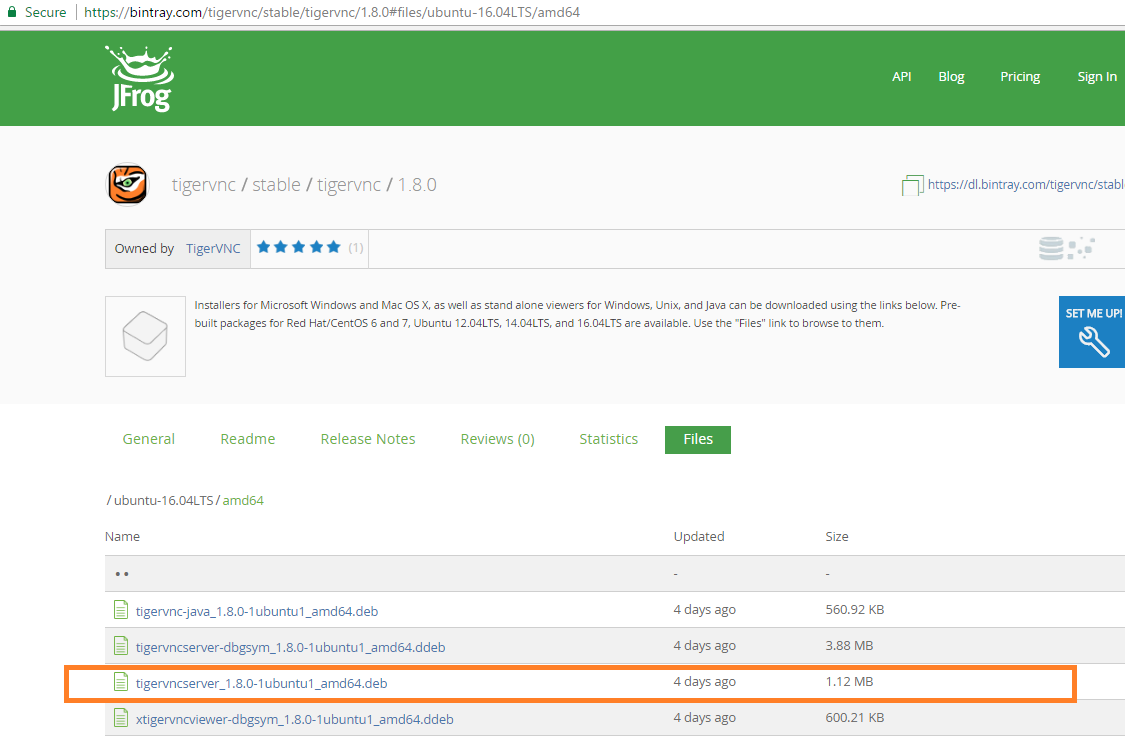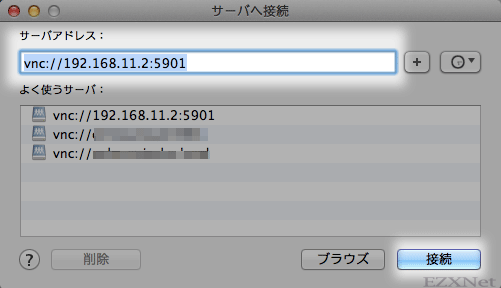

One can use systemd socket activation in combination with XDMCP to automatically spawn VNC servers for each user who attempts to login, so there is no need to set up one server/port per user. Running Xvnc with XDMCP for on demand sessions #ExecStart=/usr/bin/x0vncserver -PAMService=login -PlainUsers=$ -SecurityTypes=TLSPlain ~/.config/systemd/user/rvice ĮxecStartPre=/bin/sh -c 'while ! pgrep -U "$USER" Xorg do sleep 2 done'ĮxecStart=/usr/bin/x0vncserver -rfbauth %h/.vnc/passwd In order to have a VNC Server running x0vncserver, which is the easiest way for most users to quickly have remote access to the current desktop, create a systemd unit as follows replacing the user and the options with the desired ones:

Starting and stopping x0vncserver via systemd See: Issue #529.Ī simple way to start x0vncserver is adding a line in one of the xprofile files such as:
TIGERVNC SERVER APPLET FREE
If another parallel server is needed, a second instance can then run on the next highest, free port, i.e 5902 (5900+2). The number in the file corresponds to a TCP port. Each user defined in this file will have a corresponding port on which its session will run. Edit /etc/tigervnc/ers to define user mappings.
TIGERVNC SERVER APPLET PASSWORD
Create a password using vncpasswd which will store the hashed password in ~/.vnc/passwd.Users are encouraged to read vncserver(8) for the complete list of configuration options. Note: Linux systems can have as many VNC servers as memory allows, all of which will be running in parallel to each other.įor a quick start, see the steps below. Running vncserver for virtual (headless) sessions Initial setup 9.10 Desktop environment is displaying only boxes for font.9.8 No window decoration / borders / titlebars / cannot move windows around.

9.7 "Authentication is required to create a color managed device" dialog when launching GNOME 3.9.6 Copying clipboard content from the remote machine.9.4 Empty black window with mouse cursor.9.1 Terminals in vncserver start in / (root dir).8.4.2 Mapping the keyboard key presses back to mouse button clicks on the server.8.4.1 Substituting mouse back/forward buttons with keyboard keys XF86Back/XF86Forward.

TIGERVNC SERVER APPLET ANDROID
7.3 Connecting to a vncserver from Android devices over SSH.5 Running Xvnc with XDMCP for on demand sessions.4.2 Starting and stopping x0vncserver via systemd.4 Running x0vncserver to directly control the local display.2 Running vncserver for virtual (headless) sessions.


 0 kommentar(er)
0 kommentar(er)
